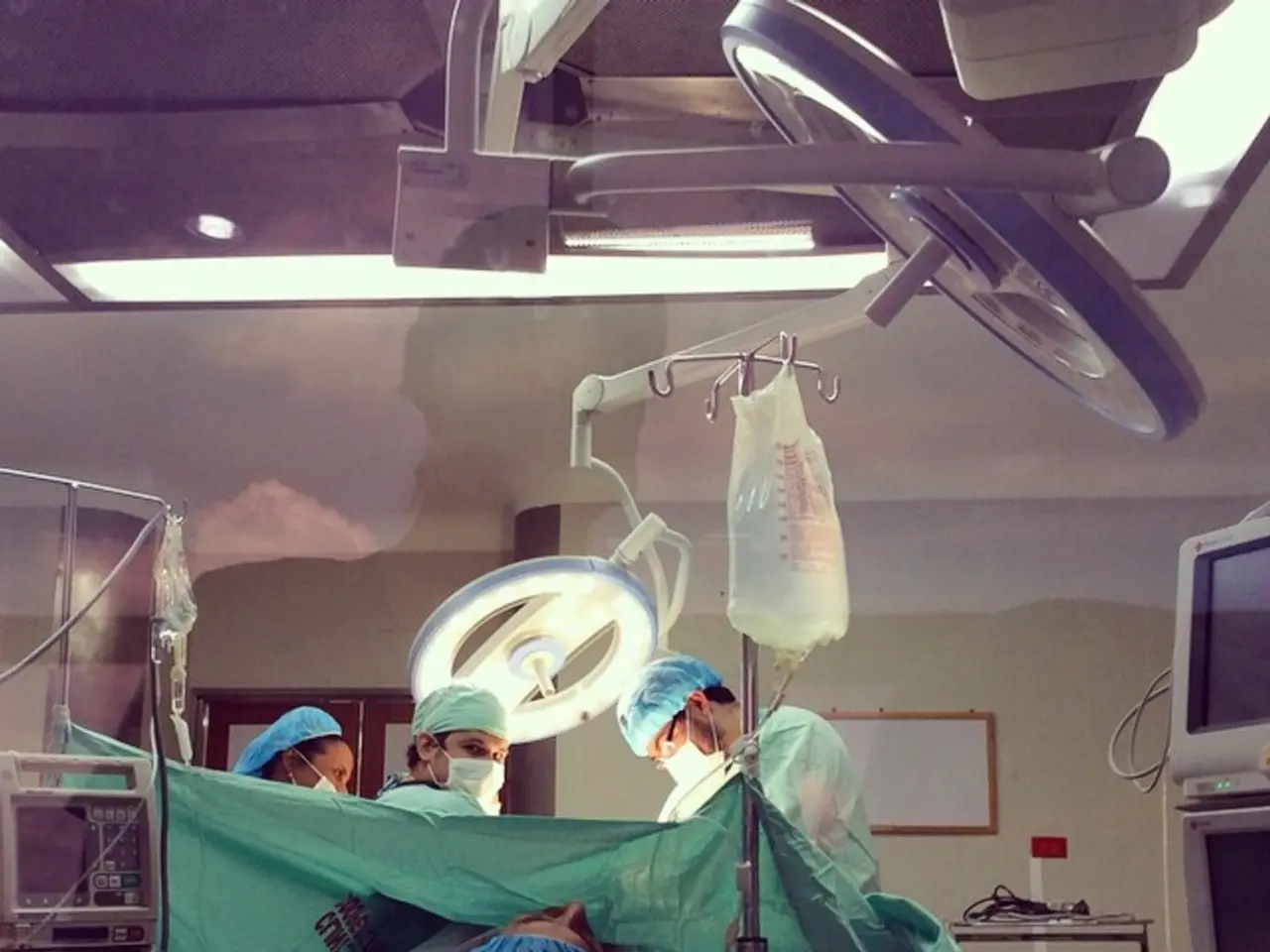Surgical Incision in the Abdomen: Meaning, Purposes, and Healing Process
## Recovering from a Laparotomy: A Comprehensive Guide
Laparotomy, a major open abdominal surgery, is often employed for complex conditions such as severe endometriosis or extensive bowel resections. The recovery process is typically more prolonged than that of minimally invasive laparoscopic procedures. This article provides an overview of the recovery steps, potential complications, and a general timeline for healing after a laparotomy.
### Immediate Postoperative Care
Patients usually spend several days in the hospital after a laparotomy for close monitoring, pain management, and early mobilization. Adequate pain control is essential, often achieved through a combination of medications, including patient-controlled analgesia (PCA) pumps. The surgical incision requires careful monitoring for signs of infection (redness, swelling, discharge). Dressings should be kept clean and dry as instructed by the healthcare team. Gradual movement and walking, as tolerated, are encouraged to prevent complications like blood clots and pneumonia.
### Diet and Nutrition
Initially, patients may be on intravenous fluids before transitioning to clear liquids and then to a regular diet as tolerated. Nutritional support may be recommended to promote healing, especially if bowel function is slow to return.
### Activity Progression
Heavy lifting, strenuous activity, and driving are typically prohibited for several weeks to allow the abdominal muscles and incision to heal. Most individuals can gradually resume light activities over weeks 1–2, but complete recovery—returning to work, exercise, and sexual activity—often takes 6–8 weeks or longer, depending on the surgery’s complexity and individual health factors. Regular follow-up appointments are crucial to monitor healing, address complications, and adjust the recovery plan as needed.
### Potential Complications After Laparotomy
Complications can arise in the immediate postoperative period or during recovery. Some are common to all abdominal surgeries, while others are specific to the underlying condition or procedures performed. Common complications include infection, bleeding, blood clots, bowel complications, wound dehiscence, organ injury, chronic pain, anastomotic leak, adhesions, and respiratory issues.
### Recovery Timeline
- Weeks 1–2: Focus on pain control, wound care, and gradual mobilization. Most patients remain off work and avoid strenuous activity. - Weeks 3–4: Energy and mobility improve, but heavy activities are still restricted. - Weeks 6–8: Many patients can return to normal activities, but full recovery may take up to 12 weeks, especially after complex procedures. - Beyond 12 Weeks: Most patients are pain-free, but some may experience lingering symptoms or complications requiring further evaluation.
### Follow-Up and Monitoring
Regular follow-up with your surgical team is essential to detect and manage complications early. Immediate medical attention should be sought for signs such as severe pain, persistent fever, unusual swelling, heavy bleeding, or changes in bowel habits.
### Summary
Recovery after laparotomy is a gradual process requiring careful pain management, wound care, and activity modification. Potential complications range from common issues like infection and bleeding to more serious problems such as bowel leaks or organ injury. Adherence to postoperative instructions and close communication with healthcare providers are key to optimal recovery.
- After undergoing patient-controlled analgesia (PCA) for pain management, patients should be vigilant for signs of infection at the surgical incision, such as redness, swelling, or discharge.
- For individuals with psoriatic conditions or arthritis, medical-health conditions that might require attention during the recovery from a laparotomy, specific considerations may be necessary in their treatment plans and therapies-and-treatments.
- According to science, Alzheimer's disease or any neurodegenerative condition may require close monitoring during the recovery, since these medical-conditions may have implications on the overall health-and-wellness of the patient.
- Similarly, to ensure the recovery of patients with complex psa conditions (such as prostate cancer), regular follow-up appointments are essential, as they may experience longer healing times or potential complications after the procedure.
- When discussing the recovery from a laparotomy, it's important to mention that although most patients can resume light activities within the first 2 weeks, they must adhere to postoperative instructions like avoiding heavy lifting, strenuous activity, and driving in order to allow proper healing of the abdominal muscles and incision.
- In cases where the procedure involved the removal or manipulation of sections of the digestive system, such as in bowel resections, nutritional support may be required to promote healing and prevent any possible digestive issues.




